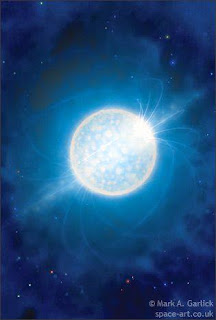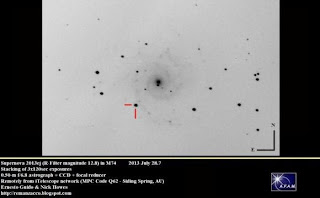Spacewalkers Wire Up Station for Future Lab
Expedition 36 Flight Engineers Fyodor Yurchikhin and Alexander Misurkin closed the Pirs docking compartment hatch officially ending their spacewalk at 6:05 p.m. EDT. The duo rigged cables for the future arrival of a Russian laboratory module and installed an experiment panel.
Clad in Russian Orlan spacesuits, the spacewalkers began their spacewalk at a revised time of 10:36 a.m. They first set up a Strela cargo boom on the Poisk mini-research module. Misurkin then used the Strela to maneuver Yurchikhin with cables to the Zarya module near the Unity node. Yurchikhin then rerouted a cable connector and installed cables on Zarya.
While Yurchikhin was working on Zarya, Misurkin installed an experiment panel on Poisk. The experiment, named Vinoslivost, exposes materials to the space environment so scientists can study the changes in their properties. He then installed two connector patch panels and gap spanners on Poisk.
After completing the Poisk work Misurkin joined Yurchikhin and assisted him with the Ethernet cable installation work on the Zarya cargo module. The duo went back and forth between Zarya and Poisk routing and installing the cable at various points and securing the cable’s slack.
The cable work outside the station’s Russian segment prepares the orbital laboratory for the arrival of the “Nauka” Multipurpose Laboratory Module. The “Nauka” is planned for a launch atop a Russian Proton rocket to replace Pirs.
For the duration of the spacewalk, station Commander Pavel Vinogradov and Flight Engineer Chris Cassidy were isolated to the Poisk module and their Soyuz TMA-08M spacecraft while Flight Engineers Karen Nyberg of NASA and Luca Parmitano of the European Space Agency moved about the U.S. segment of the complex.
The spacewalk is the 172nd in support of station assembly and maintenance, the seventh in Yurchikhin’s career and the second for Misurkin. The two will venture outside Pirs again on Aug. 22 to replace a laser communications experiment with a platform upon which a small optical telescope will be mounted during a future spacewalk.














